Happy new year, dear reader!
2023 was a difficult one. The earthquake in February rattled everyone in Turkey, and quite frankly still does. There was a high stakes election, and then there’s been Gaza. In between we lost the editor of my books, unexpectedly and far too early.
Writing this newsletter has been a joy through all of this, sometimes providing a much needed escape, other times acting as a way for me to process events and the many impressions. Even though finding the time or energy to write it was sometimes hard.
I’m hoping 2024 will throw us all fewer curveballs, though with the world as it is, I don’t expect much. But while we can’t choose the time we live in, we can choose what to do with it. Perhaps more important than ever to keep in mind for many of us.
All that notwithstanding, last year was a good one for me professionally. It was also the busiest since I left my corporate job to become a food writer. I like it that way, though, so I’ve got lots planned for the year ahead, too.
My plans for 2024
I’ve agreed in principle with my Norwegian publishing house to write another book, due out March 2025. Unfortunately, like my previous books, this will also be published in Norwegian only, at least initially. I’ve also got a membership site for my Norwegian audience, which will be another big priority in 2024.
As, of course, is this newsletter and my English language website.
At the time of writing, there are 4,637 of you subscribed to Meze, around a thousand more than a year ago. That’s decent growth, but what I’m happiest about is the engagement.
When I relaunched after a long break last February, my vision for the newsletter was radically different from more traditional food blogs, who see newsletters purely as a way of driving traffic to their websites and thereby ad revenue. That’s perfectly fair, but what I want to do and achieve is very different.
My basic tenet is that food writing is, and should be, about so much more than recipes and pretty pictures. With an audience comes a responsibility to place the food in its proper context for readers new to a dish or cuisine. I belong to the camp that believes that culture and history matters, also in food. Perhaps especially in food. Dishes are often used as national symbols, as if unique to a particular nation or people, but you’ll almost always find signs of influence from other peoples and cultures. Sometimes wholesale imports, even. To use a highly contemporary example: It matters whether we call a food Israeli, Levantine or Palestinian. Adding nuance to whatever we decide to call it matters. I you know what to look for, there are few things that can show how interconnected peoples and cultures have been throughout history like a plate of food.
Bringing awareness around this is a small – but certainly not irrelevant – antidote to the nationalist, borderline fascist, sentiments that seem to become more common and prevalent by the day. As writers with a platform, I strongly believe this is part of our responsibilities.
In that sense, I’ve never been a typical food blogger. My style and substance has always differed quite substantially from most of what you find when googling recipes. My emphasis has always been on culture, education and authentic, well tested recipes. I can’t ignore Google altogether (it drives upwards of 90% of recipe traffic), but I always write for people first, algorithm second.
It was with that in mind that I decided to use the privilege of being welcomed into your inbox to bring you an even more varied set of stories, insights and recipes than what you’re likely to find on your own through Google. It’s a place where I tell the stories that I want to tell, that I think should be told. Entirely free from the pressure of algorithms, be they social media or Google. This sort of content is much harder to monetise through sponsorships (which I don’t do anyway) or advertising, so in the summer, I added the option of supporting the newsletter with a paid subscription.
To my delight and surprise – given that the vast majority of you signed up from my website, presumably in search of a particular recipe and expecting a more traditional recipe links style email – readership of each email has been high, unsubscribes low. The feedback has been excellent, and more than 50 of you have decided to support my work by taking out a paid subscription. What a wonderful reception! I’m so grateful to each and every one of you, both free and paying subscribers.
Almost a year on, I’ve still got so many more stories to tell you, ingredients to help you discover the full potential of and – of course – many more recipes I want to share with you. I’ll also start throwing in a few Istanbul tips and continue reporting from travels I make. A good mix of food, culture, recipes, travels and things I’m up to.
I’ll very likely make some changes to the format of the newsletter a little later in the year, but for now it’ll remain the same, with a varied set of newsletters which are sometimes recipe focused and sometimes more food culture or story focused. But whatever format we’re at when it’s time to write the “Happy New Year 2025” pos, its basic tenet will remain: Unique and interesting stories and recipes from the food cultures of Turkey, the Middle East and beyond. With a sprinkling of my home country Norway here and there.
With that, I’ll leave you with a few of my favourite despatches from last year. I’ll be back in your inbox in a week’s time with a few dishes I’m enjoying at the moment, and paying subscribers will get their first new recipe of the year this weekend.
All the best for 2024, and I’m so happy you’re here alongside me.
Best,
Vidar
PS! If you know of anyone who might enjoy these perspectives, please feel free to recommend or share this post with them using this button:
A few favourite posts from 2023 to revisit
The forgotten foods of an imperial palace
The kitchens of Topkapı palace served around 5,000 meals a day, a number which doubled or trebled on feast days, and it employed nearly 1,000 kitchen staff. A huge operation by any measure!
But what did they actually cook and serve in these kitchens? And what is its place within Turkish cuisine today?
The Syrian influence
The only parties who gained traction at this election were smaller islamist and ultranationalist groupings, fuelled by anti-Syrian sentiments. Since the early days, many Syrians have gathered in parts of Fatih, Istanbul’s historical old town. I could say many things about the enormous cultural differences, or other issues brought about by their presence (I also live in Fatih).
Instead, I want to say a couple of words on a rather more positive aspect. One which brings people together more than perhaps anything else I know. Food.
A very Turkish breakfast
When a friend got married in fashionable Bodrum a few years ago, we decided to forgo the fancy hotels and opted instead for a B&B in a tiny village by a lake, just over an hour away. Istanbul can be chaotic, so when you get a chance to get out, it’s nice to stay in a calmer and more relaxed environment.
Our hosts, a lovely couple, put their hearts into making our stay worthwhile. Once we got up for breakfast, it seemed the food just wouldn’t stop coming. All of it homemade and as local as it gets.
A communal feast
It wasn't until I was offered grapes that I fully realised what I was about to be part of. The grapes weren't from the greengrocer, but were growing just above our heads, their leaves providing shade as we sat on the roof terrace of the small village house. Underneath us, a full team was already in full swing, turning a couple of sheep into a feast for quite literally a whole village.
An evening at a Turkish meyhane
If you ever get the chance to visit Turkey, make sure to set aside an evening for a local meyhane. Originally places to enjoy a few drinks, they’ve evolved into the best restaurant experience Turkey has to offer, with an endless stream of mezes, seafood, atmospheric surroundings and white tablecloths. All set to a soundtrack of traditional Greek folk music.
Hold on a minute. Greek? Why would Turkish restaurants play Greek music? Isn’t there a strong rivalry between the two countries, regular diplomatic incidents even?
A little bit (of meat) goes a long way
Eating meat is deeply ingrained into Turkish culture. Vegetarianism, by contrast, is considered curious. Veganism? Alien entirely.
Nevertheless, centuries at the heart of agricultural history has made Turkish cuisine a rich one. An abundance of vegetables and greens have long since become a crucial part of the local food culture, particularly in the western parts of the country. Legumes are widely eaten everywhere.
And within this lies, I think, the key to eating less meat and more vegetables. Not by abstinence, but by careful flavouring and use of meat and vegetables together.
Gaziantep: The city of gastronomy
This is the first of five traveller’s letters from a recent trip to Gaziantep and Hatay, two of the most exciting food cities of Turkey. But there’s more to unpack than food, too: a long and eventful history and the aftermath of the devastating earthquakes earlier this year.
Traveller's letter #5: The local cuisine of Hatay
The plane had barely touched down before I found myself in a car, heading straight for the first of many feasts that would follow on my short and very first visit to the Hatay region. It was September 2017, and inaugurating me to the wonders of the local cuisine couldn’t wait a second longer.
Za'atar: Tips, recipes & a little background
First up in a series of ingredient spotligts, I look at za’atar, that quintessential flavour of the Levant. What is it exactly? What spices should it contain? What is it used for?
Precision is key here. While the spice mix is well known globally, za’atar is also the name of the herb that forms the basis of the spice mix. Let's have a look at them both.
Sumac: All you need to know
Before there was lemon, there was sumac. Bright red in colour and tart in flavour, it’s been a widely used spice since ancient times. In classical Rome, before the arrival of lemons, it was the favoured way of introducing sour flavours into dishes.
While lemon has long since taken over as the favoured sour ingredient, it remains most widely used in areas where lemons remained rare for longer. Here's how to use it to maximum effect.
🔜 Coming this weekend for paying subscribers:
Spiced chickpea tray bake with tahini yoghurt
A delightful dish to enjoy in January, this was a big hit with my Norwegian audience when I shared the recipe a couple of years ago. Many readers come back to it every winter. I sometimes use pumpkin for this, other times sweet potatoes.
This recipe will be for paying subscribers, who help make this newsletter happen. Paid subscriptions are completely optional, but if you’d like to receive this recipe or support my work, consider a paid subscription.





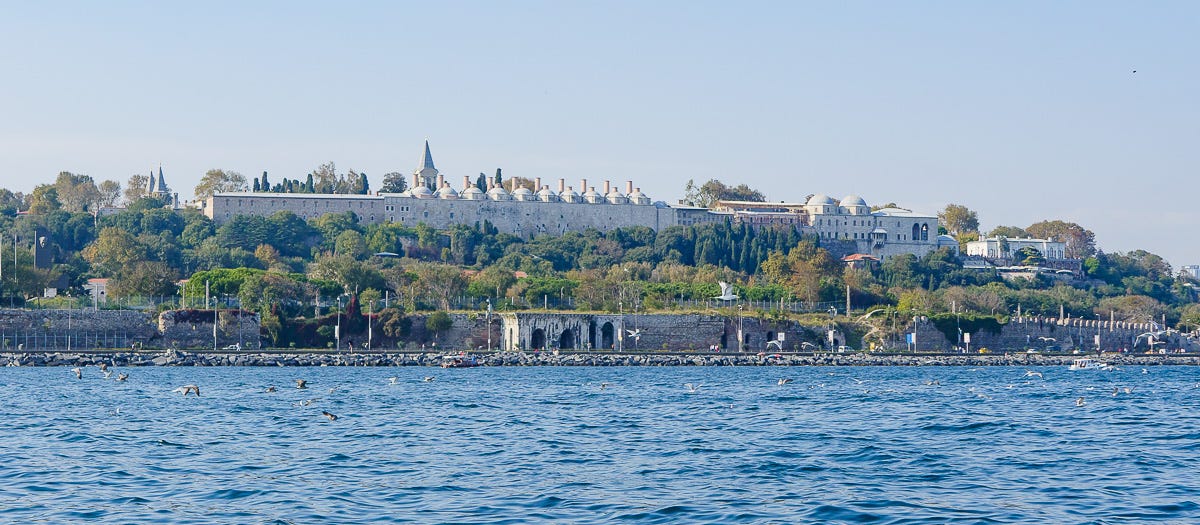
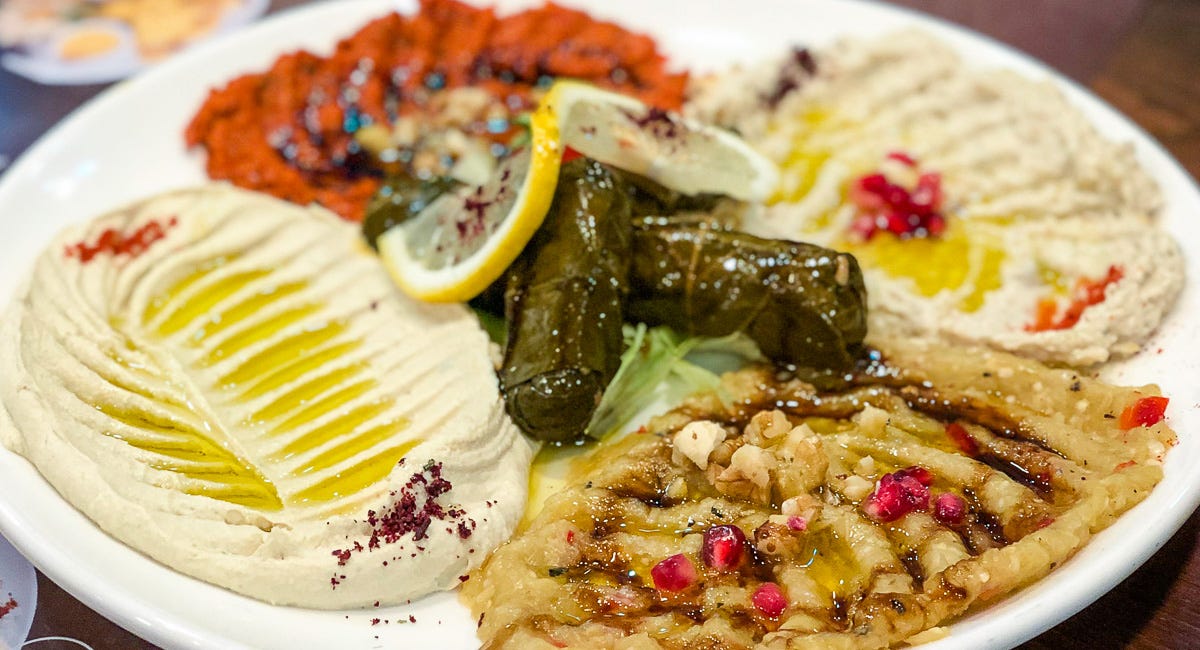
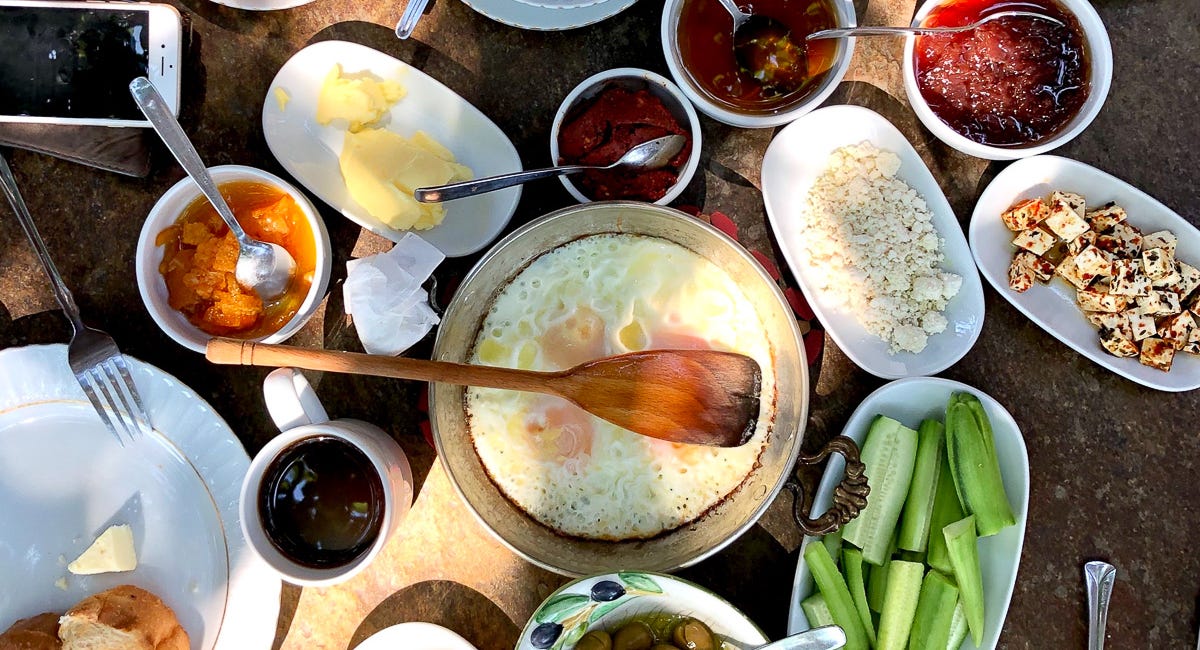
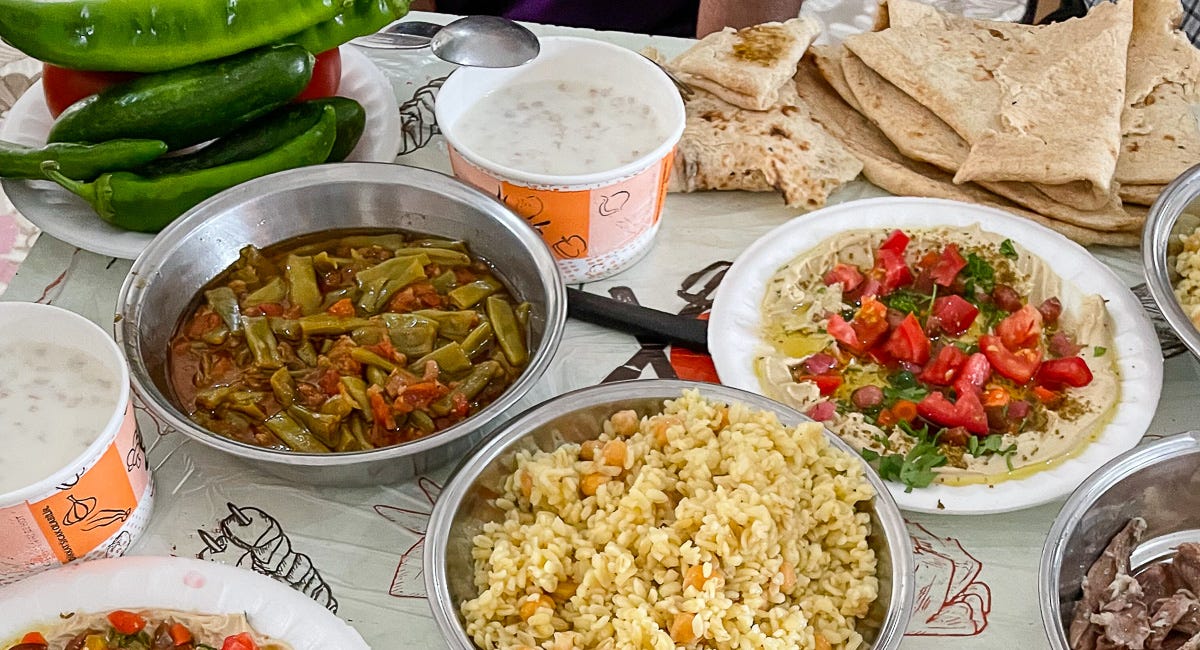
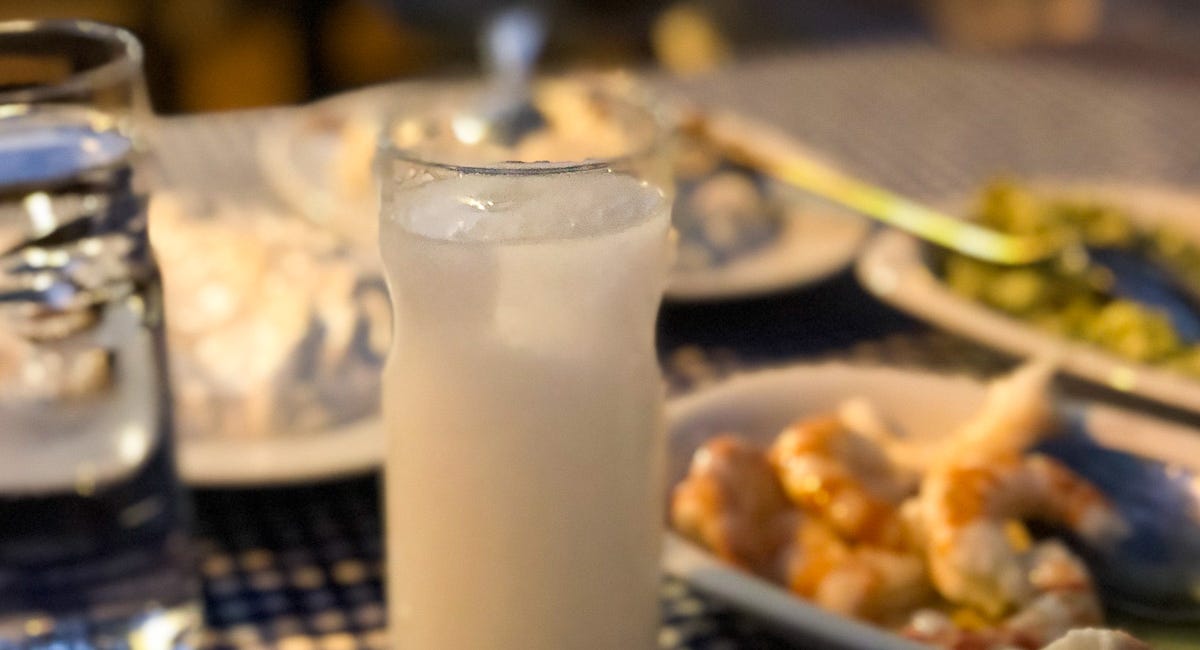


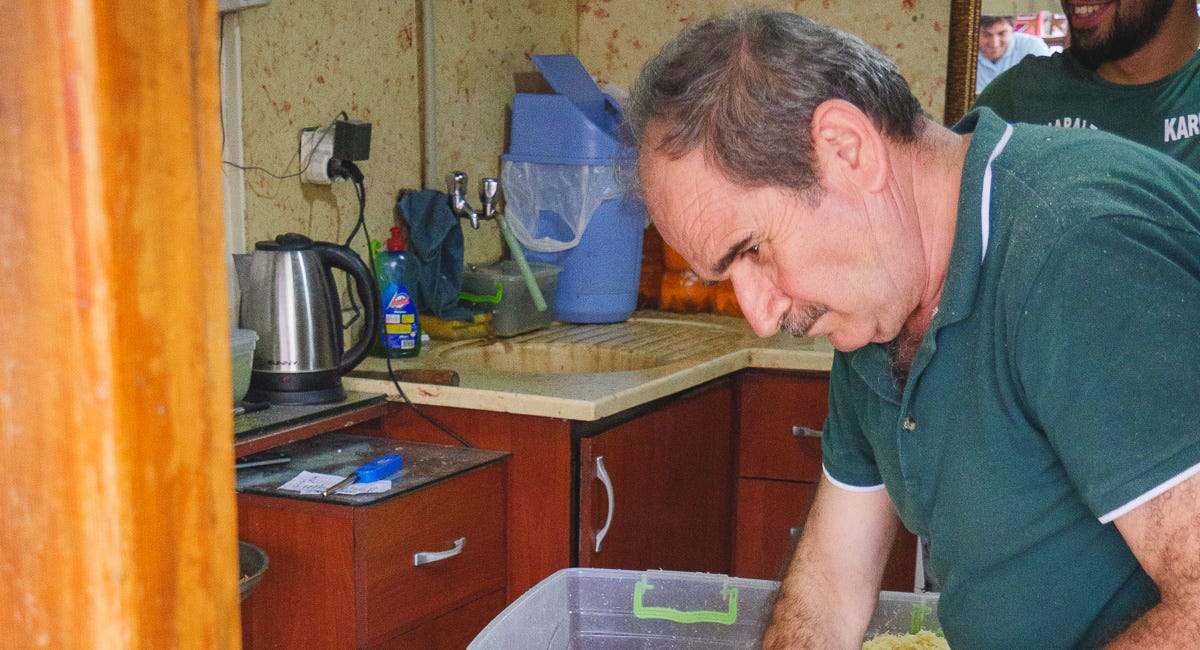




Happy New Year!
Always a great pleasure Vidar to read your postcards, news letters and recipes❣️👍
PS: Hope to see you in Balat or Yesilkoy one day.